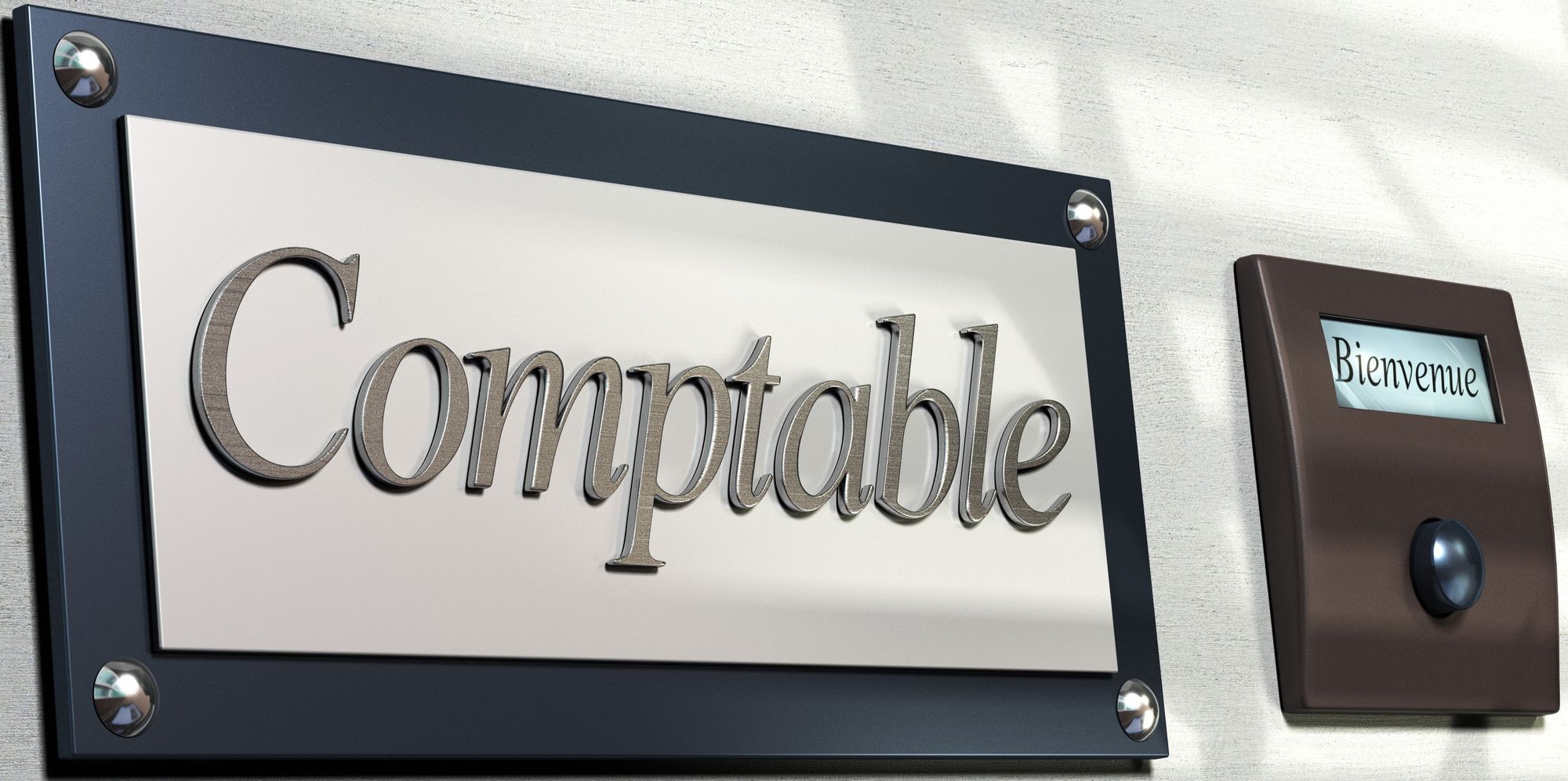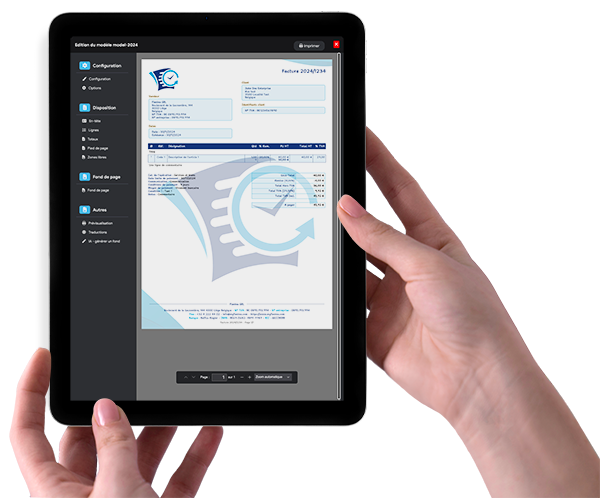Are you a business owner managing your own accounting? Note that all companies must follow the classes and accounts – listed in the chart of accounts – to enter their entries in their accounting software. Discover how to properly use this document, as well as how to customize it!
What form does the chart of accounts take?
The general chart of accounts (GCA), like those of previous years, aims to standardize the accounting of French companies. This is supposed to facilitate account management, as well as government audits.
The chart of accounts, immutable foundations
The GCA continues to serve as the mandatory basis for managing a company's accounts. It still includes 8 classes, themselves divided into accounts numbered with 6 digits. The classification follows a logic, of course, so as not to waste time finding the account code we're interested in!
For example: While the account "512 000 – Bank" belongs to "Class 5 – Financial accounts", the "account 607 000 – Purchase of goods" belongs to "Class 6 – Expense accounts".
Who must use it?
All companies are required to use the chart of accounts, except small businesses that can use a simplified chart of accounts.
How to use it?
As you'll understand: given the number of accounts present in the chart of accounts, they must all be clearly identified and sorted. To find the appropriate account code, proceed as follows:
- Start by defining the nature of the operation: a sale, an expense, an investment, etc.?;
- Then refer to the relevant class. Is it a customer receivable? Go to class 4;
- Then, consult the accounts present. Here, we'll find account 411 which allows recording an unpaid invoice;
- Finally, if sub-accounts are present, take the time to look at them one by one, to define the one that concerns us. Here 4111 dedicated to sales;
- Take notes on the most frequently used accounts or annotate your chart of accounts to highlight them.
How to customize the chart of accounts?
Many companies customize the chart of accounts to gain organization and especially speed. However, you must still follow a certain methodology!
The general method
Let's take once again the example of an invoice awaiting payment from a customer. The accounts dedicated to receivables are located at 411 100. The customization should then follow this logic:
- base account code (non-modifiable) + custom suffix
We would obtain, for example, for the receivable granted to Mr. DUPONT, an account recorded as "411 110 – DUP".
Warning: uniformity in customization should be preferred. The suffix of customer accounts – if composed of letters – should preferably have the same number of letters (here 3) for each account or be composed of each name in its entirety.
How to do it concretely?
Creating sub-accounts should not be done every other day! At most once a year and if possible under the advice of your chartered accountant. Customizations will primarily concern tactical activities.
For example, a communication company would complicate its task if it were to create multiple "Fixed assets" sub-accounts, if it only invests in ink cartridges and paper throughout the year. On the other hand, its client portfolio being extremely diversified, sub-accounts dedicated to clients or to each category of clients will be perfectly adequate!
Finally, you'll need to register your custom accounts within your accounting software. Each client account will be associated with a precise label, allowing to gain speed, but also clarity, whether for your daily management or for your year-end accounts.
Why is training in basic accounting highly recommended?
The chart of accounts – however well designed – requires a minimum of knowledge to be handled without error. It's one thing to find the account dedicated to an operation, it's another to ensure the resulting entry! Some points are admittedly simple, like switching a customer's receivable recorded in "411- Customers" to its payment in debit "512 – Bank".
However, other accounting aspects can be puzzling and inevitably lead to errors. We could mention payments by installment or depreciation of fixed assets! All this relates to a company's economic strategy and not just to a simple account to find within the GCA.
Notice to new business owners or successful auto-entrepreneurs who risk switching to a company: train yourself in accounting, invest in accounting software and surround yourself with professionals! If you're an ace in your field and your business takes off, it would be a shame to overturn this ascent with accounting errors that can have serious consequences.
Accounting software, an indispensable ally for a company
Accounting software will make life easier, particularly thanks to the automation of certain tasks. Automatic entry is configurable, as is the chart of accounts specific to your company! Invoices, quotes and other customer documents will follow reliable regulations, while you can see at any time where your turnover stands.
You can also let your accountant handle it. Our invoicing software is compatible with many formats "peppol, invoice x, e-fff", which allows encoding invoices at your accountant's office. For this, you must absolutely choose accounting software that meets French standards and has quality customer service, whether to answer your questions or to support you at the beginning.




